After 7 years of living in London, I have to admit I’ve spent a good amount of time in the pubs. I have this nostalgic feeling of being in a pub and holding a pint of semi-warm bitter. English accent chatter around. And the aroma of the pub mixing with earthy floral beer notes as I move the beer closer to my mouth. Uniquely English. And I’m not even going to start about real ales, that’s topic on its own.
English style beers are one my favorite and I always try to have one on tap. This pale ale recipe is in the English style, using English hops and English yeast, but cheating a bit with EU malts. The result however works well.
One thing to note is that there does not seem to be an officially clear distinction between an English Pale Ale and a Bitter. To me, a bitter will have more crystal malts(in color and taste), less carbonation, and served with a beer engine, but other than that it’s pretty much the same thing.
Recipe
Late April English Ale
English-Style Pale Ale
- Volume 25 l
- OG 1.047
- FG 1.014
- IBU 32
- ABV 4.33 %
Fermentables
-
1.2 kgPale AleGermany Weyermann
-
1 kgCarapilsGermany Weyermann
-
3 kgViennaNetherlands The Swaen
-
0.1 kgCrystal Extra DarkUnited Kingdom Crisp
Hops
-
25 gTarget | First Wort 60minUnited Kingdom
-
20 gFuggle | Boil 15minUnited Kingdom
-
25 gFuggle | Boil 5minUnited Kingdom
Yeast
-
1 pkgWLP013 London Ale YeastWhite Labs
Process
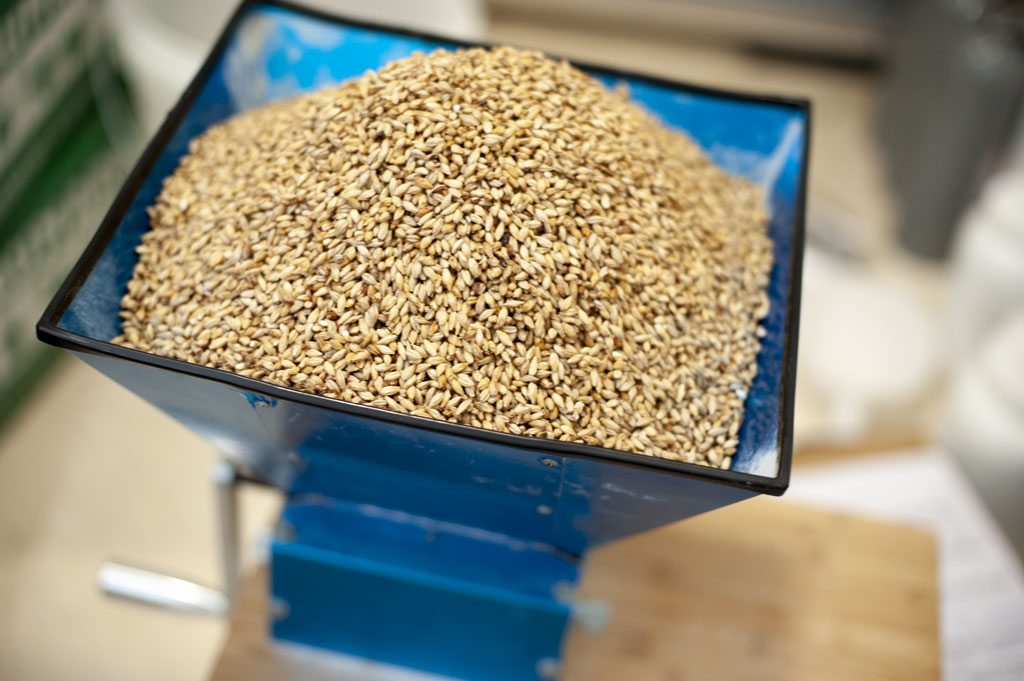
I’m not using a drill to run this, after I started malt conditioning it was too much for the drill and now I’m keeping it manual.
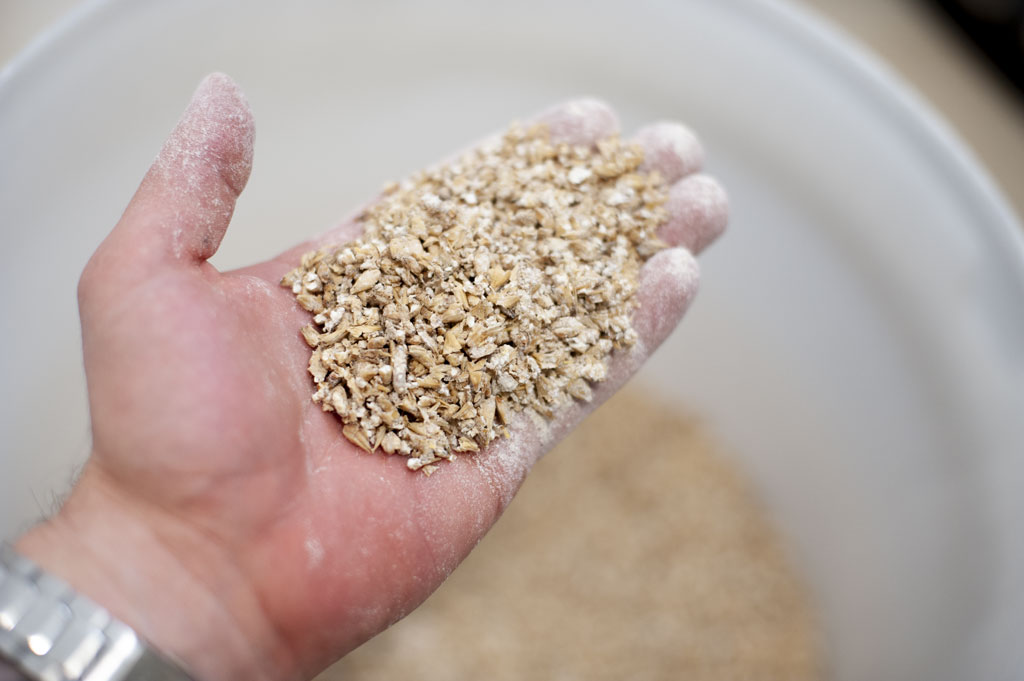

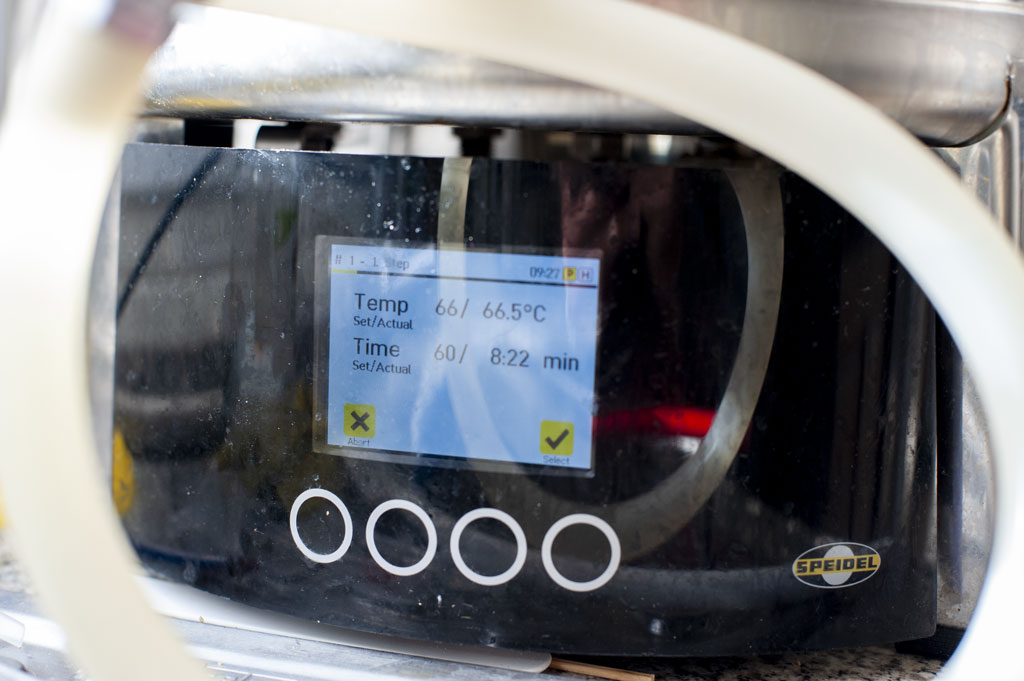
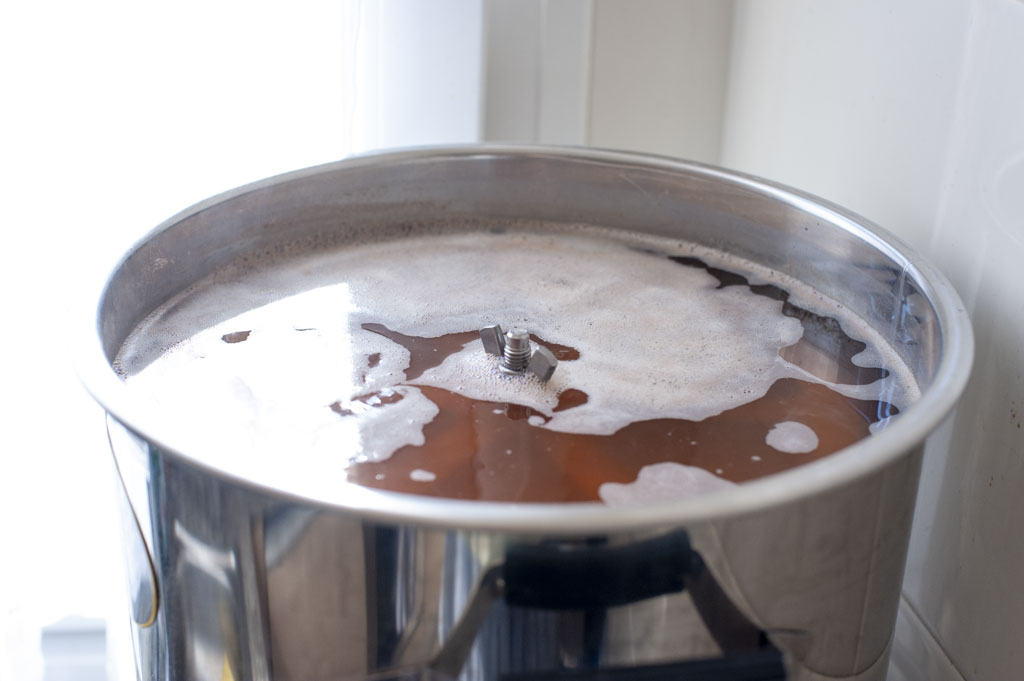
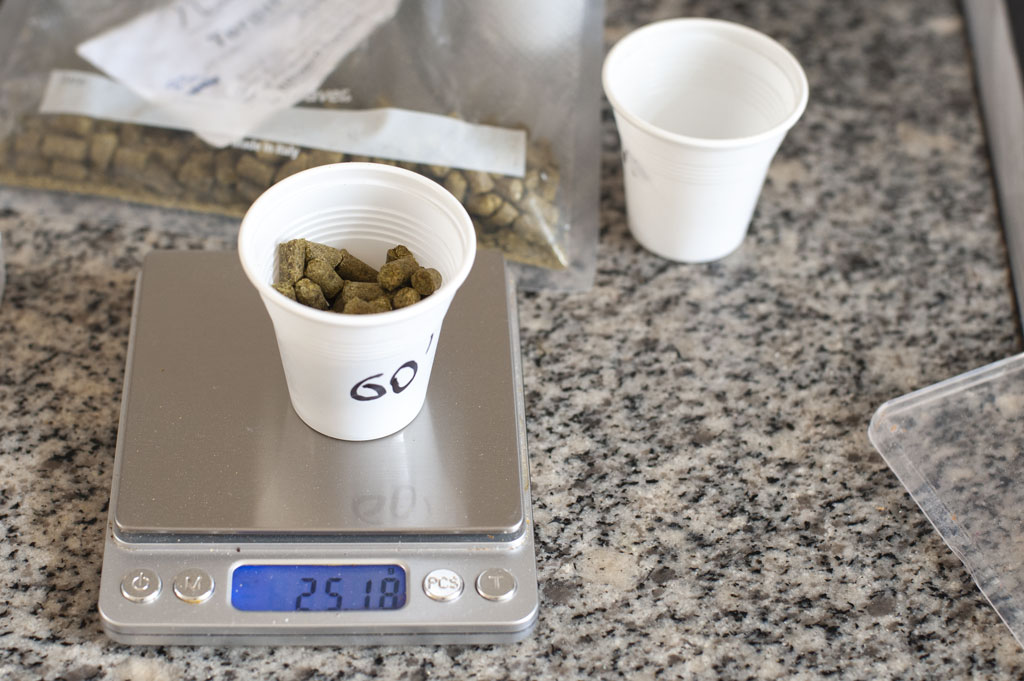
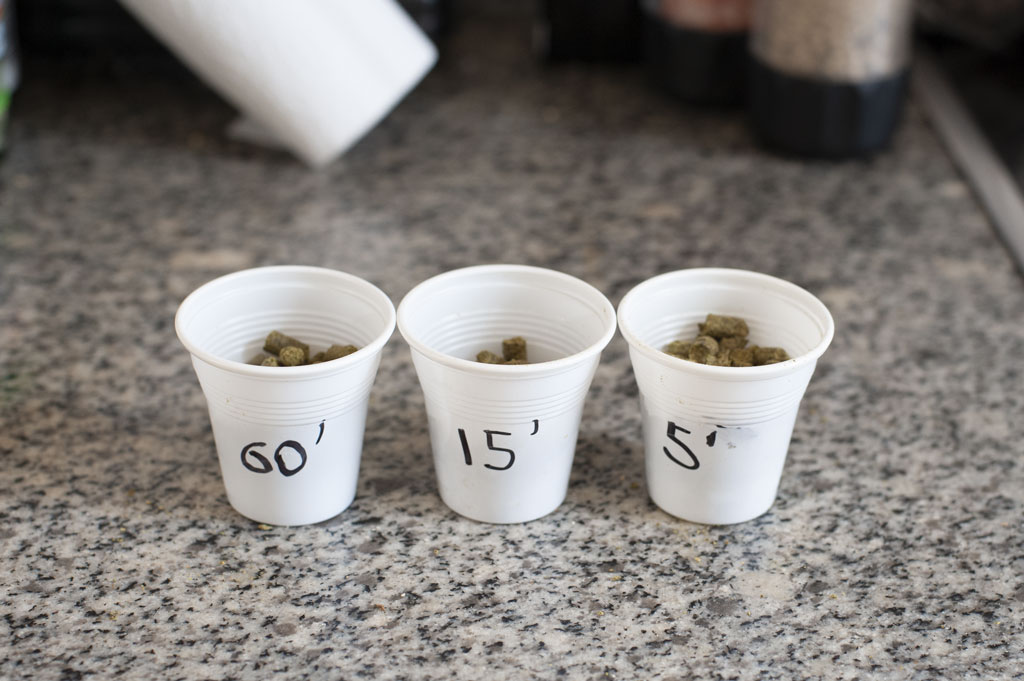
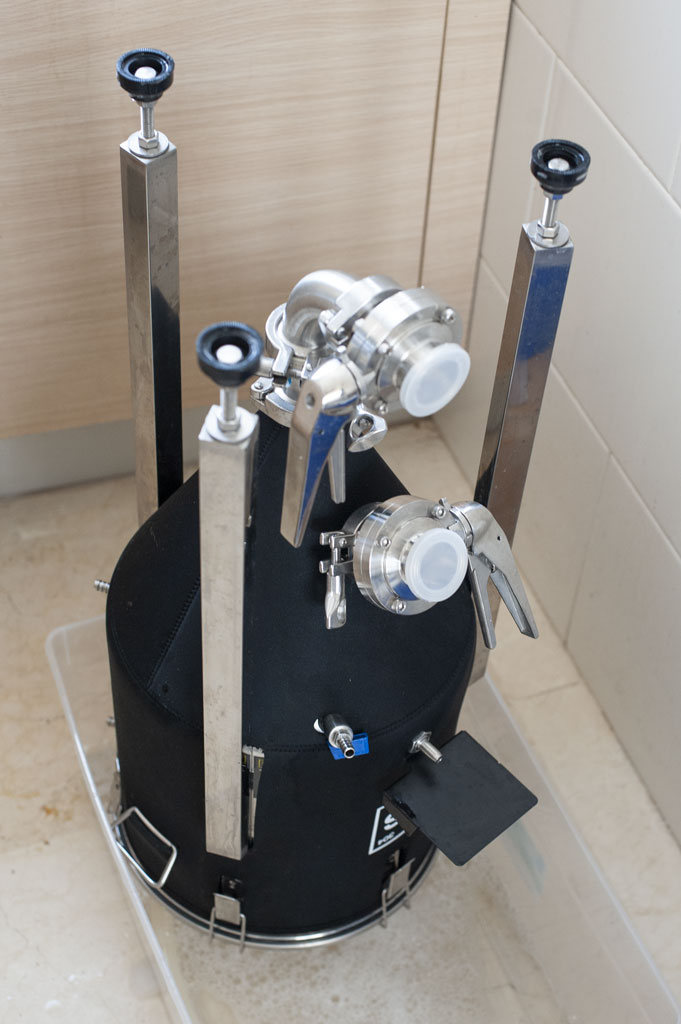
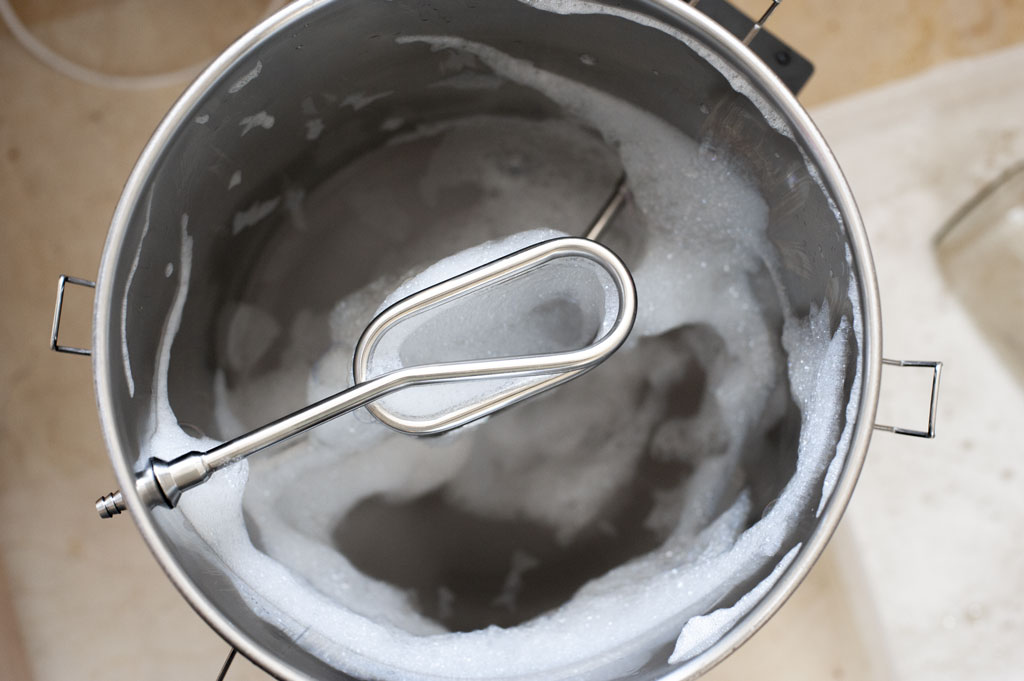
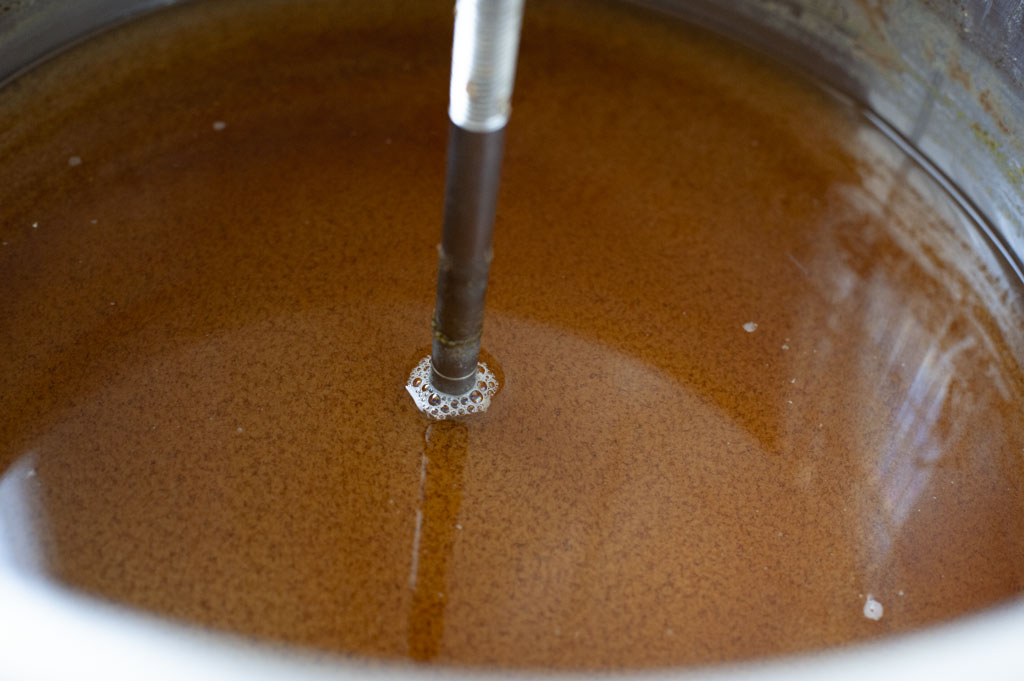
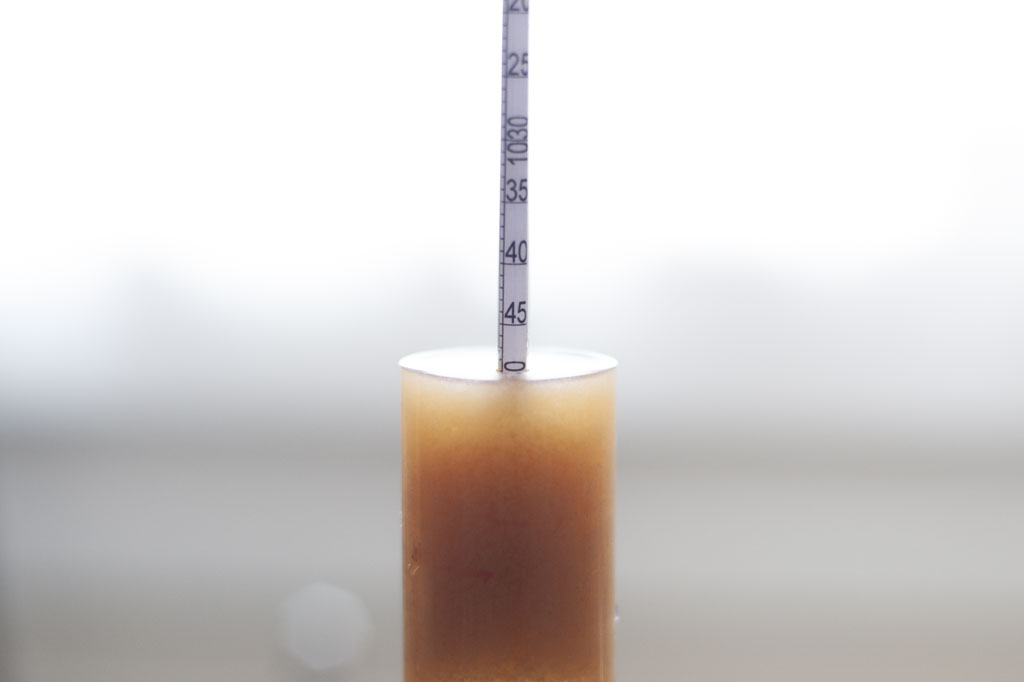

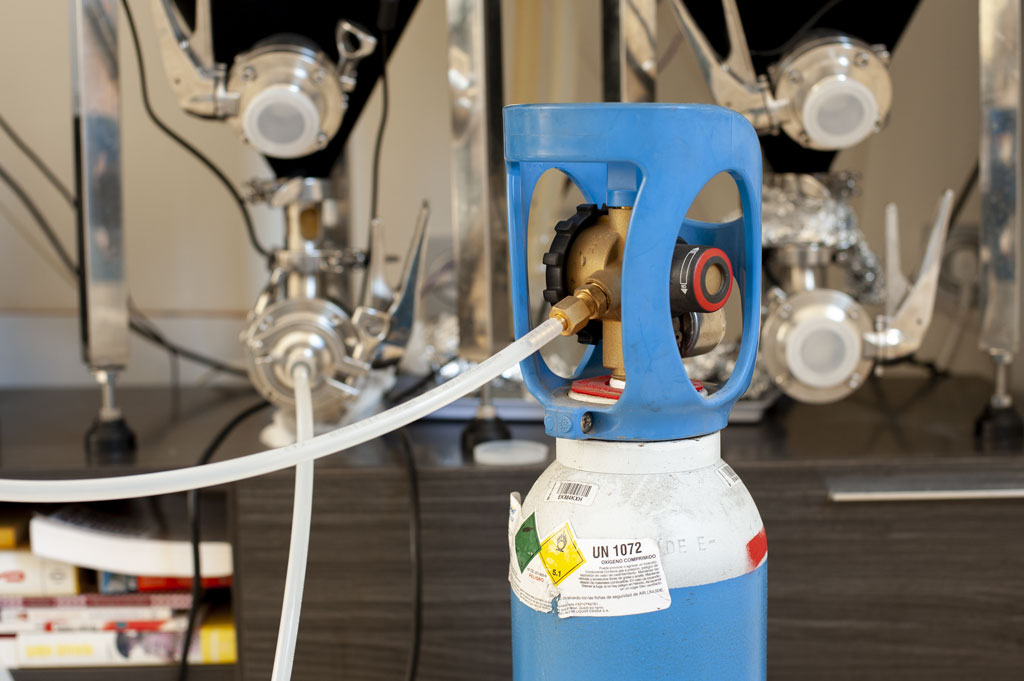
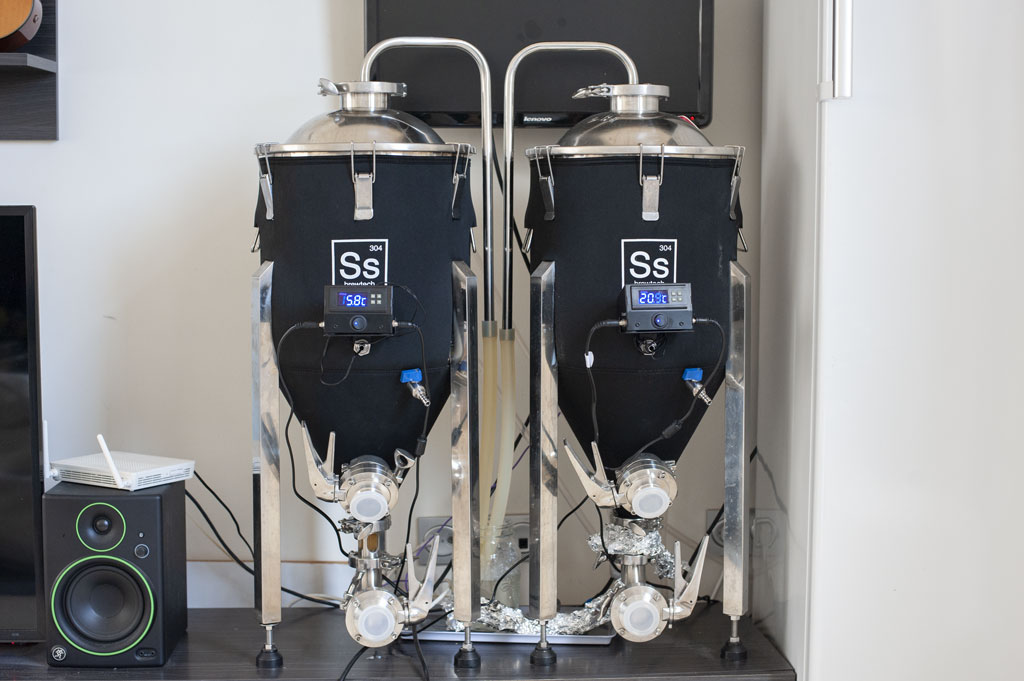
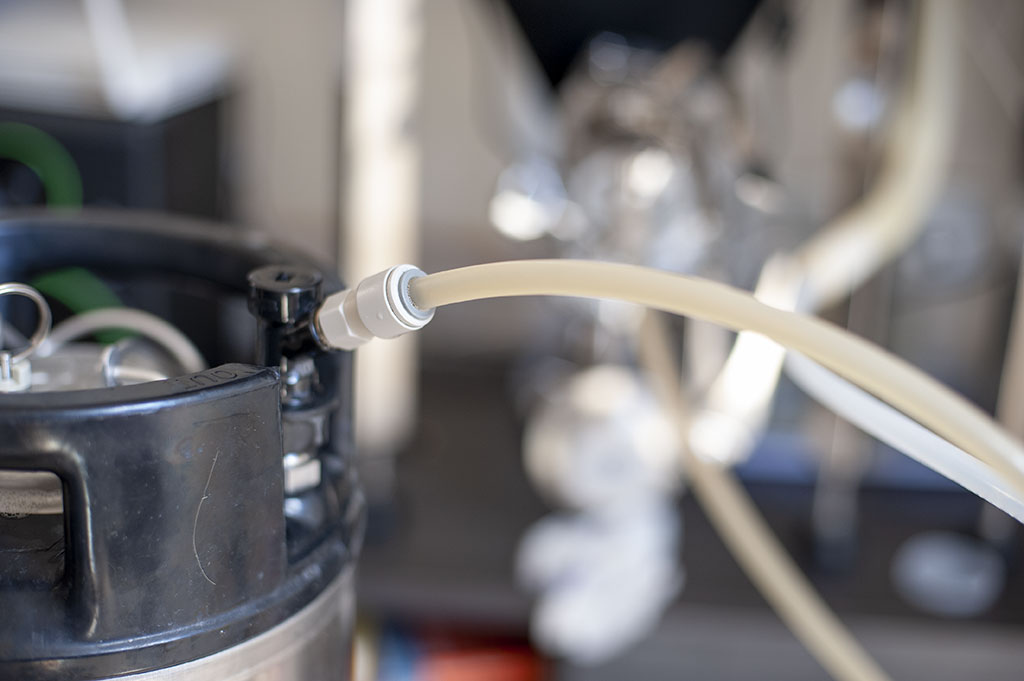
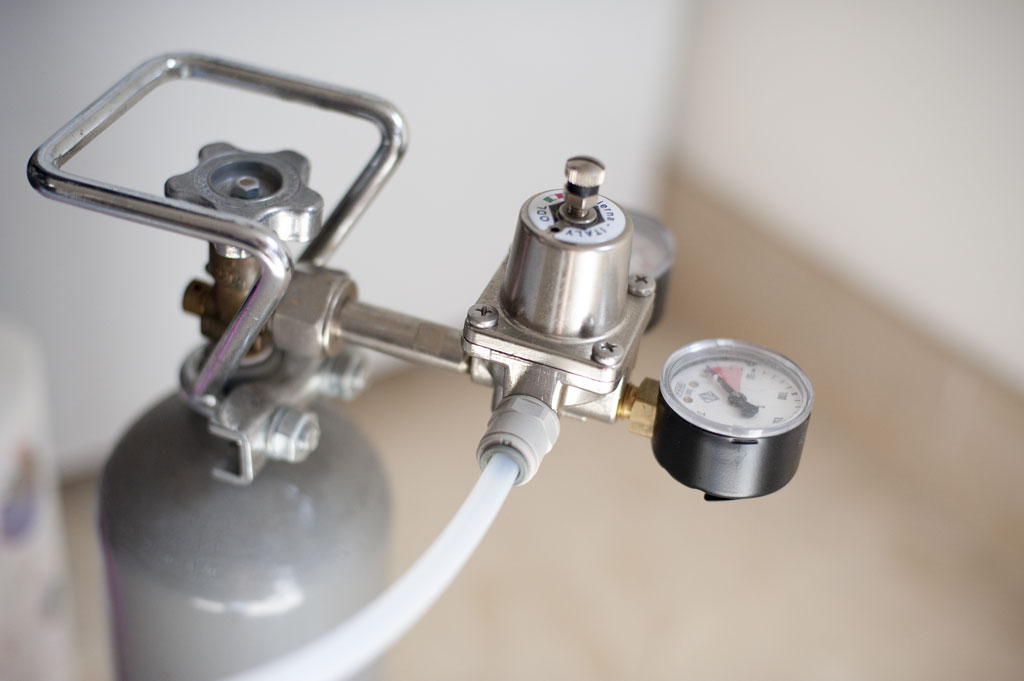
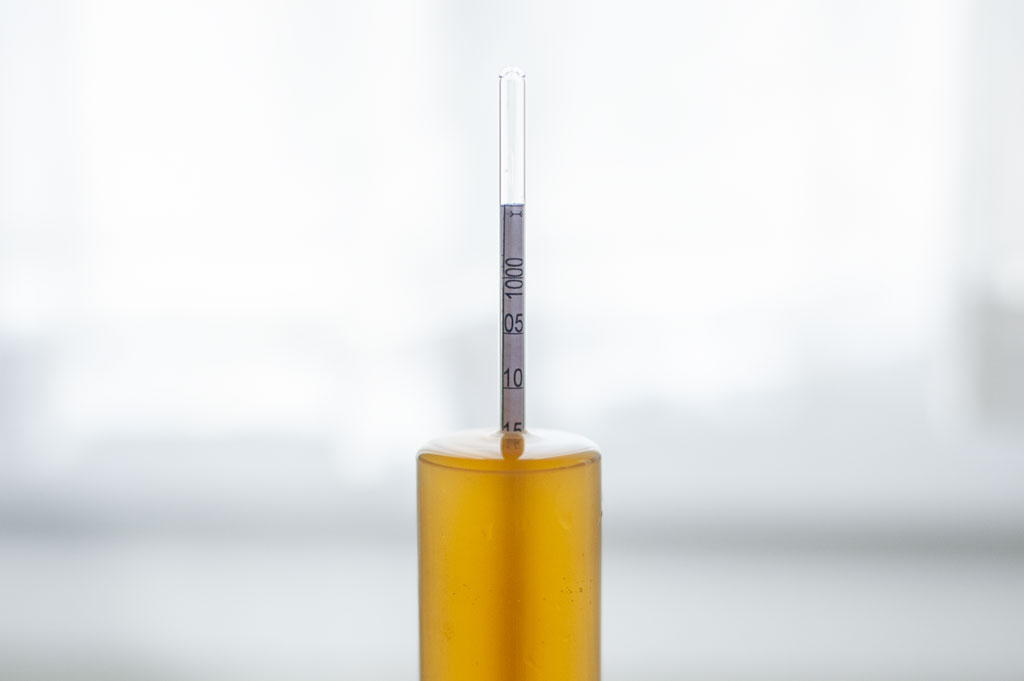
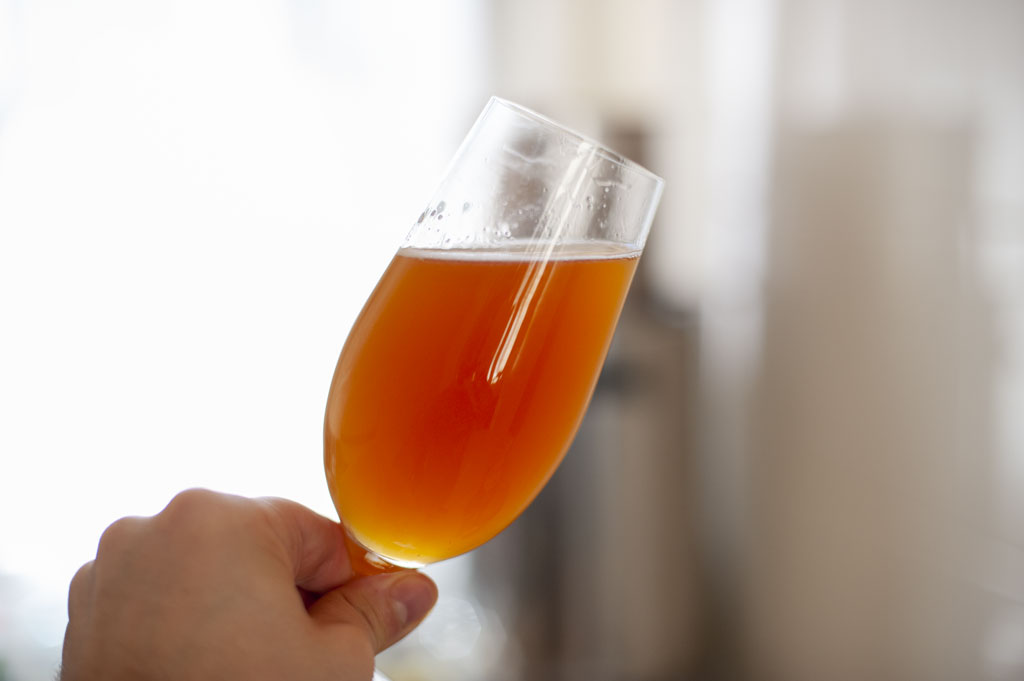
Early tasting notes:
– Moderately sweet with a bitter finish. Reminds me more of a German kellerbier.
– Quite yeasty
– Medium body
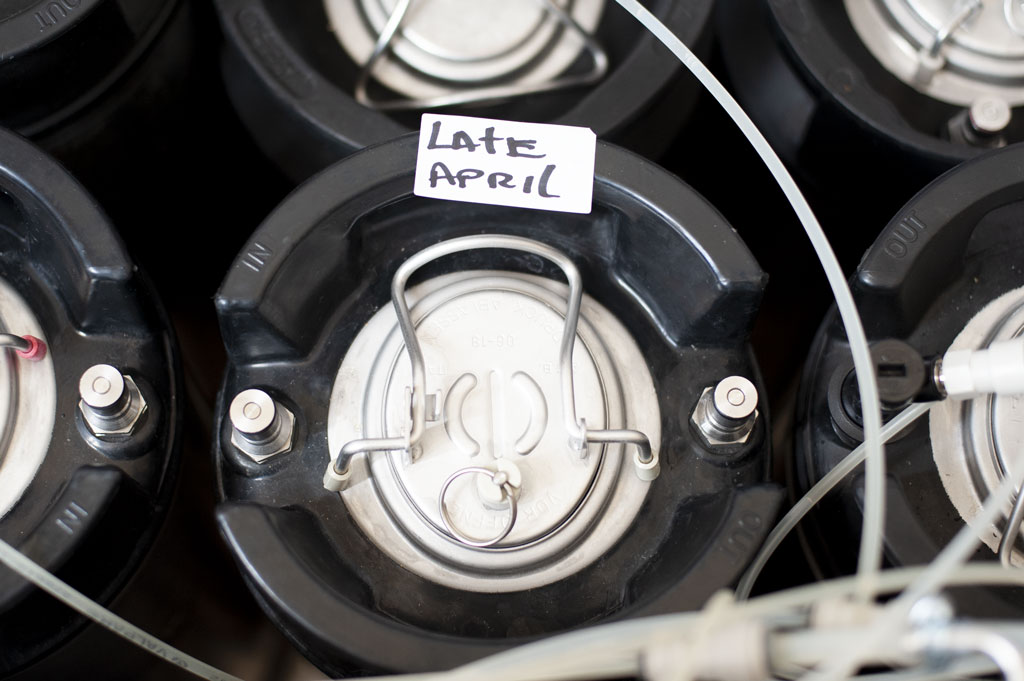
Result
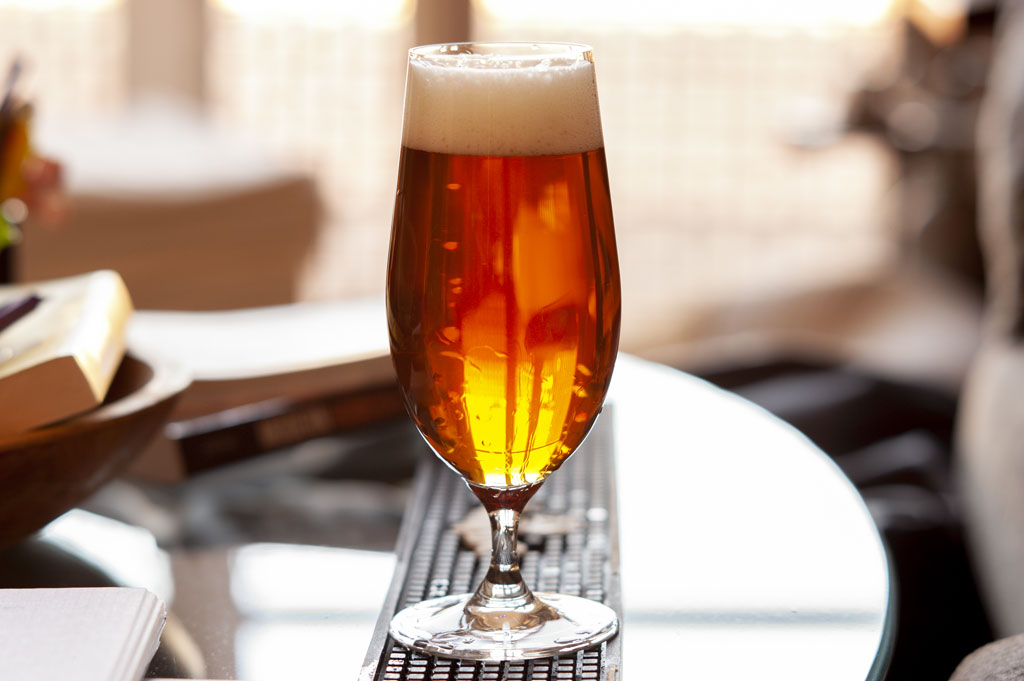
Tasting notes:
Appearance
Golden-amber. Fairly clear. Moderate carbonation.
Nose
Floral, malty sweetness, citrus, and biscuit.
Taste
Balanced floral and earthy hoppiness. A touch of citrus.
Mouthfeel
Medium-bodied with a medium bitterness. Nicely balanced.
Summary
A great-tasting and well balanced English Pale Ale. It presents a nice not overpowering hop aroma with floral, earthy qualities. It’s medium body and under 5% ABV strength makes it a very good every-day beer.